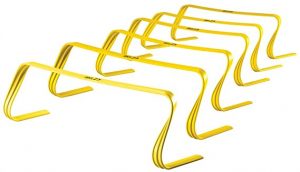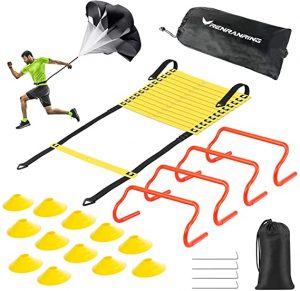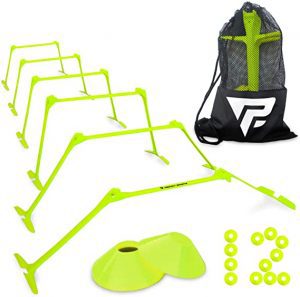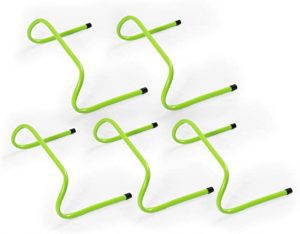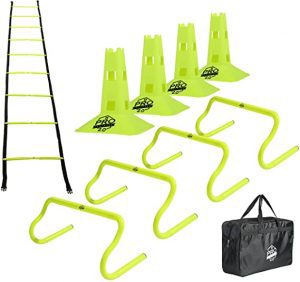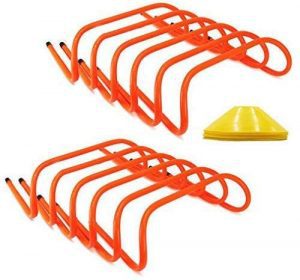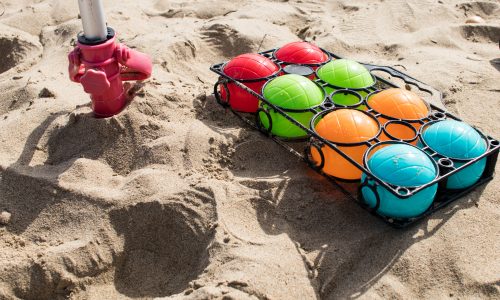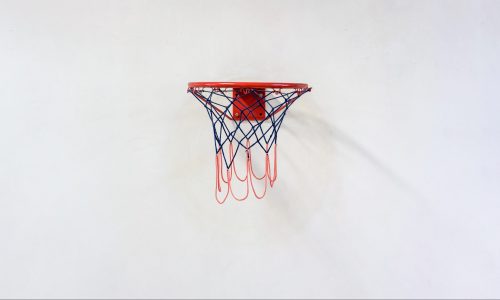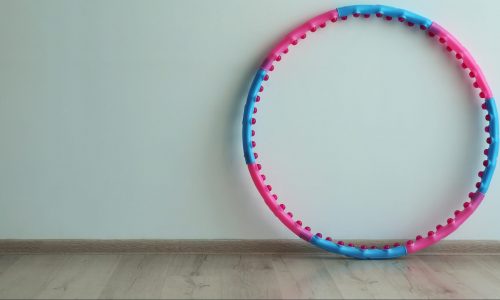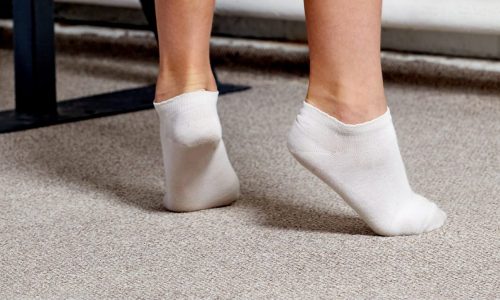The Best Agility Hurdles
We looked at the top 6 Agility Hurdles and dug through the reviews from 8 of the most popular review sites including and more. The result is a ranking of the best Agility Hurdles.
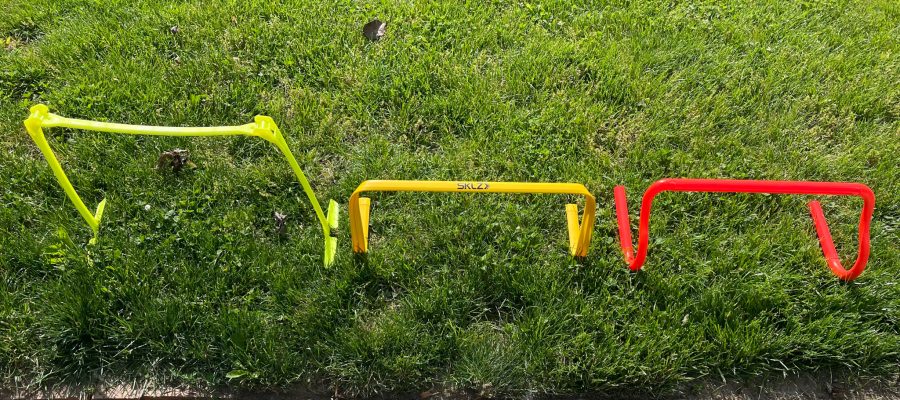
Our Review Process
Don't Waste Your Money is focused on helping you make the best purchasing decision. Our team of experts spends hundreds of hours analyzing, testing, and researching products so you don't have to. Learn more.
Our Picks For The Top Agility Hurdles
This set includes six low-profile, lightweight hurdles with a design that helps them keep their shape despite the toughest abuse. A highly durable base allows each 6-inch hurdle to withstand rigorous daily use. The set comes with a carrying bag for ease of storage.
Easy to UseThese low-profile hurdles automatically bounce back when knocked over, making them an easy-to-use option.
Here, you get an agility ladder with stakes, four agility hurdles, 12 soccer cones and a running parachute. The ladder features a fixed-width design to help prevent tripping. The set comes with a drawstring carrying bag to help you store and transport your equipment.
Perfect for BeginnersThis great kit includes everything you need to get started with agility training, making it ideal for beginners.
Set up agility hurdles anywhere with this set, which includes six hurdles, 12 speed cones and a mesh carrying bag. To set up the hurdles, you'll simply rotate the legs to achieve the desired height up to 12 inches. You'll also get two instructional ebooks.
Great for PortabilityIf you need a hurdle set you can take on the go with you, you'll want this lightweight set with a mesh carrying bag.
You'll get five basic hurdles in this set, each 7 inches tall. The hurdles are made from a strong PVC material, so you can rest assured they'll last. They're lightweight, compact, versatile and simple to use, so you can train with them almost anywhere!
Simple DesignIf you’re looking for a simple, lightweight design, these compact, straightforward PVC hurdles will fit the bill.
Buying Guide
Athletes train for years to excel in their chosen sport. But there are different types of training. Perfecting sport-specific techniques is important, but in many sports, the ability to respond quickly can mean the difference between winning and losing.
Agility training is a proven way to boost response times, improve balance and strengthen muscles. With agility training, you use sprints, quick movements in a variety of directions, jumps and other drills to boost performance. Your coach may provide training for these drills, but you can also work on them on your own.
With agility hurdles, you create obstacles that helps you as you go through your drills. These tools are small but mighty, making them easy to pack up and take on the go with you. These hurdles are typically small and can be easily staked into the ground at intervals you determine.
Some hurdle sets also come with ladders that you can use for your interval sessions. Some of these ladders are customizable to your needs, letting you adjust them as your training needs change. You may also find sets with cones that help you further practice weaving.
One thing to consider as you’re investing in an agility hurdle set is how you’ll take them on the go with you. Chances are, you’ll need a carrying case or bag to store them in. Even when you aren’t moving from one location to another, this will give you a handy place for storing your agility set.
Although you’ll likely want a lightweight set, it’s important to find one that’s durable. Agility hurdles should be able to endure plenty of abuse, especially if you’re using them regularly. Look for sturdy plastic that will hold up. Some hurdles are even made to rebound after being flattened, making them handy for those times you accidentally trample them.
Why we recommend these agility hurdles?
Products Considered
Products Analyzed
Expert Reviews Included
User Opinions Analyzed
Our experts reviewed the top 6 Agility Hurdles and also dug through the reviews from 8 of the most popular review sites including and more. The result is a ranking of the best of the best Agility Hurdles.
DWYM is your trusted roduct review source. Our team reviews thousands of product reviews from the trusted top experts and combines them into one easy-to-understand score. Learn more.
The Best Bang For Your Buck
JOOLA PVC Agility Training Hurdles
Key Takeawy
You'll get five basic hurdles in this set, each 7 inches tall. The hurdles are made from a strong PVC material, so you can rest assured they'll last. They're lightweight, compact, versatile and simple to use, so you can train with them almost anywhere!
What other experts liked
What to Look For
- To prevent injury, always stretch before training or practicing and take the time to cool down after your practice session.
- Hurdle sets come in varying quantities. You’ll often find five or six hurdles per set.
- Hurdles will need to be staked into the ground. Make sure they’re built to sink into the dirt. You might find it tougher to make the hurdles stay in place if the ground is too dry or too wet.
- Hurdle ladders can become a tripping hazard. Some will let you adjust the widths to boost your stability.
- If you’ve never done interval training with hurdles before, a set with a user manual could come in handy.
- Injuries aren’t uncommon with agility training. For best results, work with a trainer or coach to master the basics before you try it on your own.
- As always, check with your physician before beginning a new workout routine, especially if you’ve suffered an injury previously or you have preexisting conditions.
- Agility and speed work together to make you a well-rounded athlete. It’s important to practice speed while you’re working on agility.
- As you’re training, pay close attention to your posture. Make sure your back is straight and your hips are in the right position to prevent injury and get the best results.
- Jumping is also an important part of agility training. This is particularly important if you participate in sports that require vertical movement. Start slowly with small jumps and work your way up.
- Before you start agility training, make sure you have shoes that don’t inhibit your movement. Some athletic shoes are designed for agility training, supporting your feet and joints as you move side to side, as well as forward and back.
- Don’t feel the need to master agility training on the first try. Start slowly and work your way up, gradually improving as you go.
More to Explore
Human athletes aren’t the only ones who can benefit from agility training. In fact, for decades, dogs have participated in agility trials for sport. Especially for some active breeds that were originally bred as working dogs, agility training is recommended not just for physical exercise and as a way for humans and their pets to bond, but also to stimulate their natural instincts.
If you want to get your pet started on agility skills, it’s important first to consult your vet and get the go-ahead. Then, start basic pre-agility training as early as possible. Dogs do best at the sport if they start between the age of 1 and 2. Before the one-year mark, dogs can injure themselves, as they aren’t yet fully developed and agility training is a high-impact activity. After the age of 2, dogs could be too set in their ways to learn new skills required for these tasks.
Before moving on to hurdles, first work on training your dog on the basics like “sit” and “stay,” targeting exercises, body awareness, handling, and running and jumping. You can find instructional videos online and start at home, but for best results, look for a skilled agility trainer who can work with your dog on developing and refining the necessary skills. Once your dog has the basics, you can start adding more complicated obstacles.

